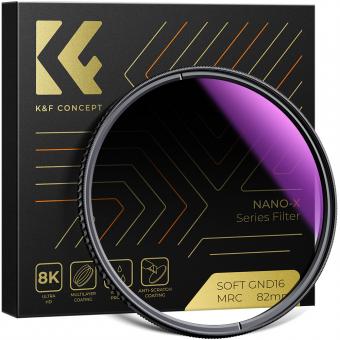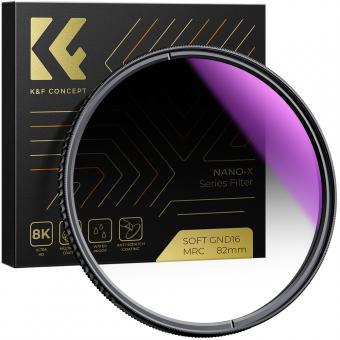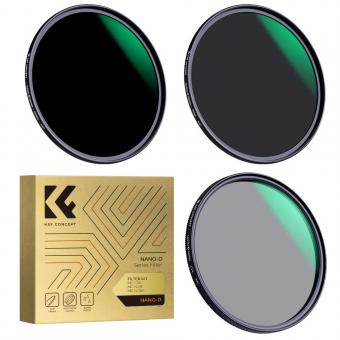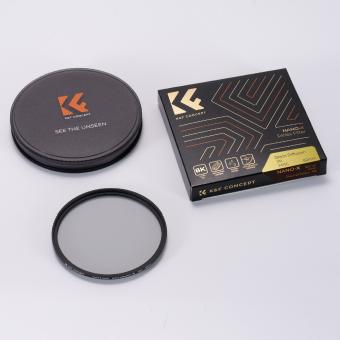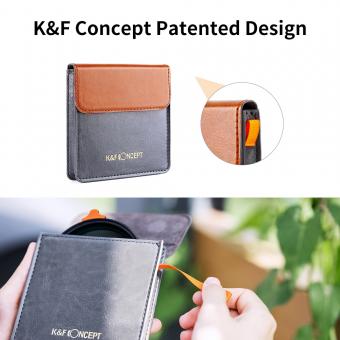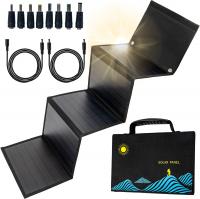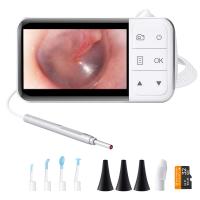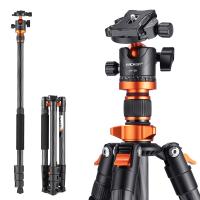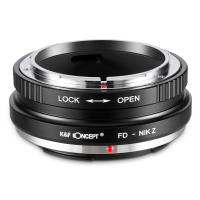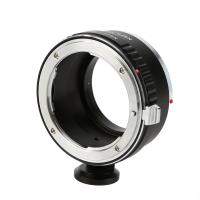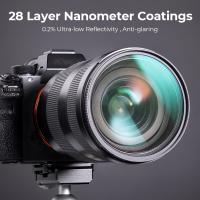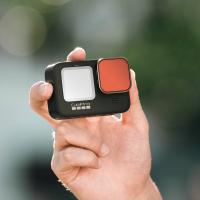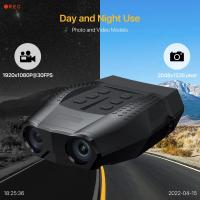Which Neutral Density Filter To Choose ?
Choosing a neutral density filter depends on the specific needs of the photographer. The most common types of neutral density filters are variable and fixed. Variable neutral density filters allow the photographer to adjust the amount of light entering the lens by rotating the filter, while fixed neutral density filters have a set amount of light reduction.
When choosing a neutral density filter, consider the amount of light reduction needed for the desired effect. For example, a 3-stop filter is ideal for reducing the amount of light in bright conditions, while a 10-stop filter is better suited for long exposure photography.
It is also important to consider the size of the filter, as it should match the diameter of the lens being used. Additionally, the quality of the filter should be considered, as lower quality filters can result in image degradation and color cast.
1、 Filter Density Levels
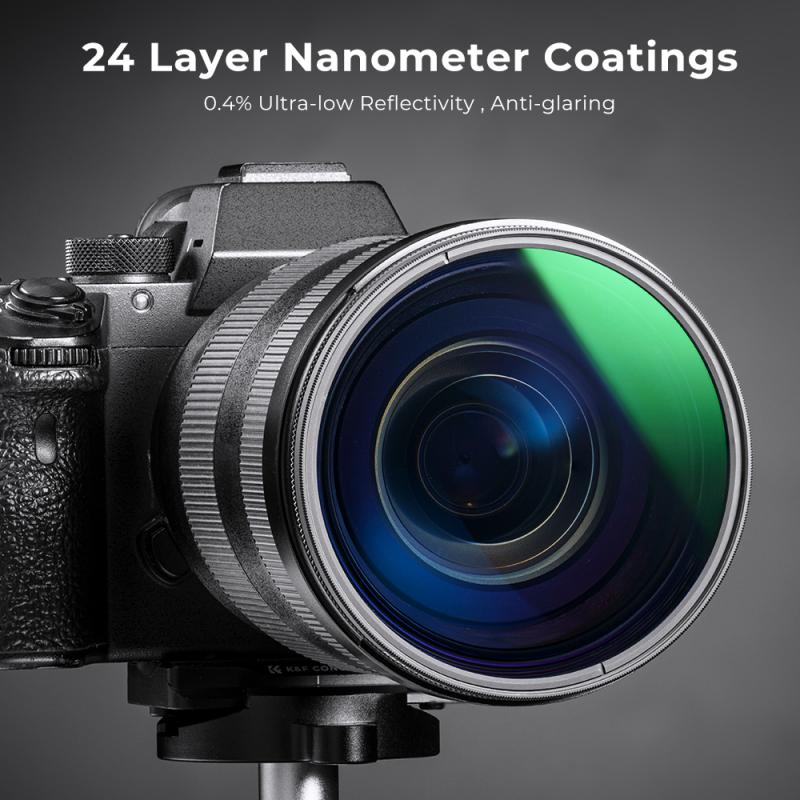
Which neutral density filter to choose depends on the specific situation and desired effect. Neutral density filters come in different density levels, typically ranging from ND2 to ND1000. The higher the density level, the more light the filter blocks.
For general outdoor photography, a good starting point is an ND8 or ND10 filter. These filters are useful for creating motion blur in waterfalls or rivers, and for reducing the depth of field in bright sunlight. For landscape photography, an ND64 or ND100 filter can be used to create long exposures and capture movement in the clouds or water.
For astrophotography, a higher density filter such as an ND1000 is recommended to reduce the amount of light pollution and capture the stars and Milky Way.
It's important to note that the density level of the filter will affect the exposure time, so it's important to adjust the shutter speed accordingly. Additionally, the quality of the filter can also affect the image quality, so it's important to invest in a high-quality filter from a reputable brand.
In recent years, variable neutral density filters have become popular as they allow for adjustable density levels in one filter. However, some photographers have reported issues with color cast and vignetting with these filters, so it's important to research and choose a high-quality variable ND filter if opting for this type.
Ultimately, the choice of neutral density filter will depend on the specific shooting situation and desired effect, and it's important to experiment and find the right filter for each scenario.
2、 Filter Size Compatibility
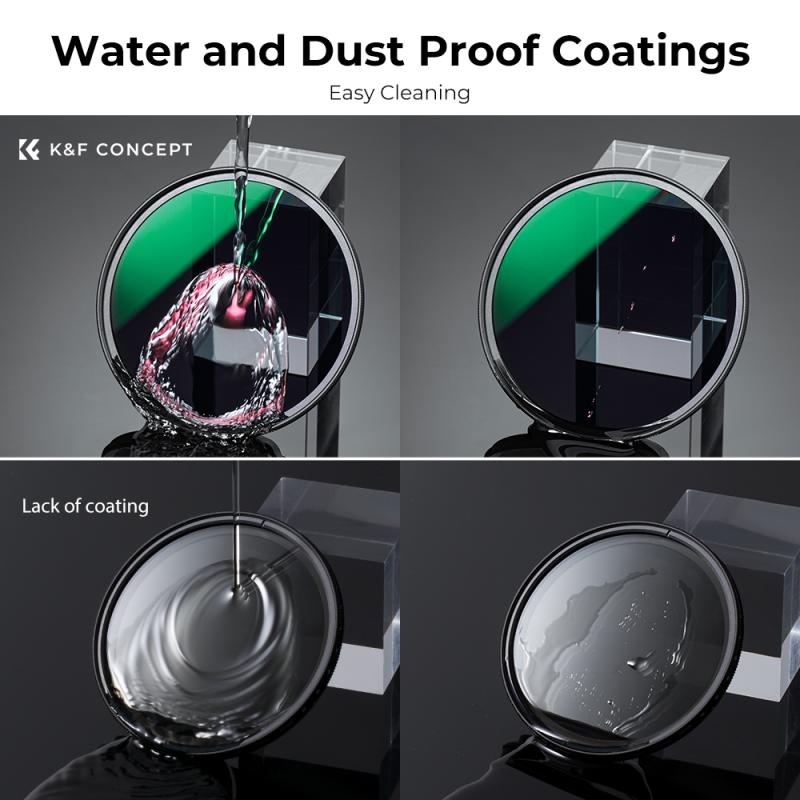
Which neutral density filter to choose depends on several factors, including the intended use, the camera and lens being used, and personal preferences. One important consideration is filter size compatibility. It is essential to choose a filter that fits the lens you are using. Most lenses have a filter thread size indicated on the front of the lens, and it is important to choose a filter with the same thread size.
Another consideration is the strength of the filter. Neutral density filters come in different strengths, usually measured in stops. The higher the number of stops, the darker the filter, and the more light it blocks. It is essential to choose a filter strength that suits your needs. For example, a 3-stop filter is suitable for reducing the shutter speed in bright daylight, while a 10-stop filter is ideal for long exposure photography.
The latest point of view is that it is also important to consider the quality of the filter. Cheap filters can cause color casts, vignetting, and reduced sharpness. It is worth investing in a high-quality filter to ensure the best results. Additionally, some filters come with additional features such as anti-reflective coatings, which can help reduce glare and improve image quality.
In summary, when choosing a neutral density filter, it is essential to consider filter size compatibility, filter strength, and filter quality. By taking these factors into account, you can choose a filter that meets your needs and produces high-quality results.
3、 Filter Material and Quality
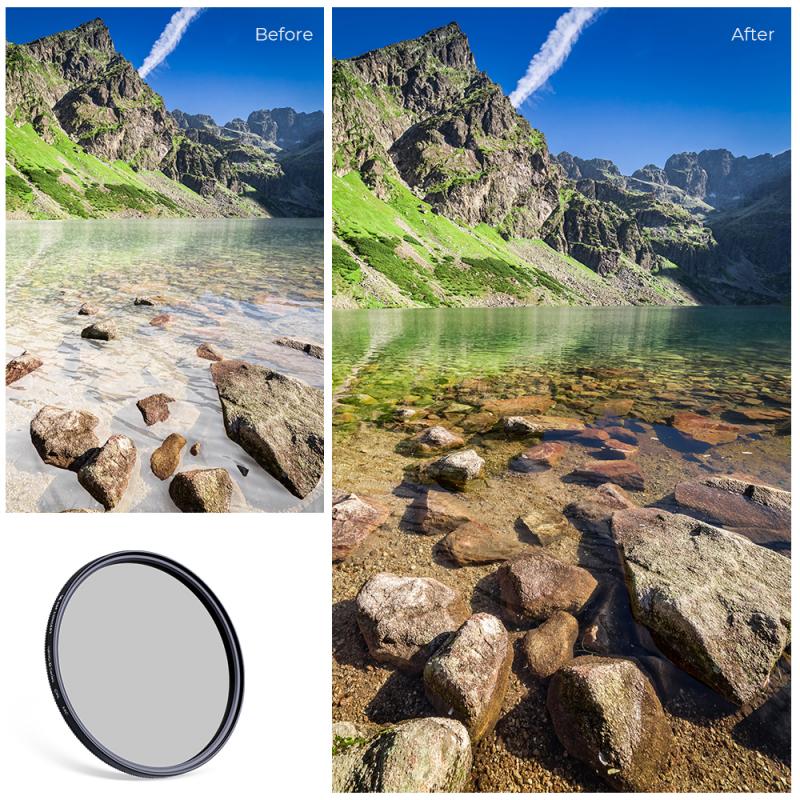
Which neutral density filter to choose depends on your specific needs and preferences. Neutral density filters come in different strengths, ranging from 1-stop to 10-stops, and are made from various materials such as glass, resin, and plastic. The choice of filter material and quality can also affect the image quality and color accuracy.
Glass filters are generally considered to be of higher quality than resin or plastic filters, as they offer better clarity and color accuracy. However, they are also more expensive and heavier. Resin filters are a good compromise between quality and affordability, while plastic filters are the most affordable but may not offer the same level of clarity and color accuracy.
When it comes to filter quality, it's important to choose a reputable brand and avoid cheap knock-offs. Poor quality filters can introduce unwanted color casts, reduce sharpness, and even scratch easily. Look for filters with multi-coatings to reduce reflections and improve light transmission.
In recent years, there has been a growing trend towards variable neutral density filters, which allow you to adjust the strength of the filter by rotating the front element. While these filters offer convenience and versatility, they can also introduce unwanted artifacts such as vignetting and color shifts.
Ultimately, the choice of neutral density filter will depend on your specific needs and budget. Consider factors such as filter strength, material, quality, and convenience when making your decision.
4、 Coating and Reflection Reduction
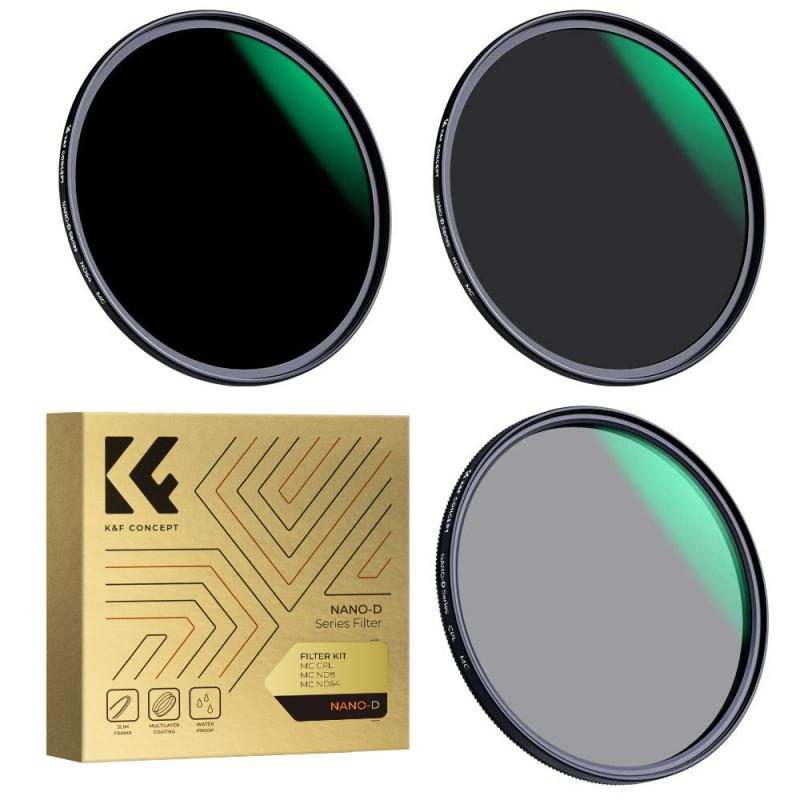
Which neutral density filter to choose depends on your specific needs and preferences. Neutral density filters come in different strengths, ranging from 1-stop to 10-stops, and are designed to reduce the amount of light entering the lens without affecting the color balance of the image. The strength of the filter you choose will depend on the amount of light you need to reduce and the effect you want to achieve.
When it comes to coating and reflection reduction, it is important to choose a high-quality filter that is multi-coated to reduce reflections and flare. Multi-coated filters are designed to reduce the amount of light that reflects off the surface of the filter, resulting in sharper and more contrasted images. Additionally, some filters are treated with special coatings that repel water, oil, and dirt, making them easier to clean and maintain.
The latest point of view on neutral density filters is that they are an essential tool for landscape and outdoor photographers. They allow photographers to capture long exposures, create motion blur, and control depth of field in bright light conditions. Additionally, neutral density filters are also useful for video production, allowing filmmakers to maintain a consistent shutter speed and frame rate in bright light conditions.
In summary, when choosing a neutral density filter, consider the strength of the filter, the coating and reflection reduction, and your specific needs and preferences. Investing in a high-quality filter will result in sharper and more contrasted images, and will be a valuable tool in your photography kit.

